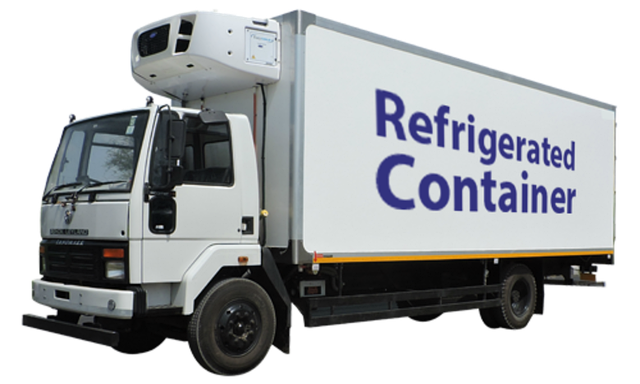Register Car in California: Step-by-Step DMV Guide with VIN Verification
Looking to register your car in California? This comprehensive guide walks you through every step, from understanding vital requirements to securing your plate. With clear instructions on gathering es…….

Looking to register your car in California? This comprehensive guide walks you through every step, from understanding vital requirements to securing your plate. With clear instructions on gathering essential documents, navigating the DMV process, and even utilizing a dmv vin verifier for accurate checks, this article ensures a seamless registration experience. Discover how to pay fees and receive your official plates with ease in the Golden State.
- Understand California Vehicle Registration Requirements
- Gather Necessary Documents for Car Registration
- Visit Your Local DMV or Use Online Services
- Perform a Vehicle Identification Number (VIN) Verification
- Pay Registration Fees and Receive Your Plate
Understand California Vehicle Registration Requirements

Before registering your car in California, it’s crucial to understand the state’s specific requirements. The California Department of Motor Vehicles (DMV) mandates that all vehicles operating within the state be properly registered and inspected. This process involves verifying the vehicle identification number (VIN) to ensure its authenticity and history. A reliable VIN verifier, such as a mobile VIN inspection service, can play a significant role in this process by providing accurate data on a vehicle’s past, including any accidents or outstanding issues.
Using a mobile VIN verifier offers convenience and efficiency. It allows you to complete the initial verification step from the comfort of your home or even while you’re at a DMV office. This digital inspection ensures that your car meets all necessary standards, paving the way for a smoother registration process. Remember, adhering to these requirements not only complies with California law but also guarantees a safer driving experience for everyone on the road.
Gather Necessary Documents for Car Registration

Before you start the registration process, ensure you have all the required documents ready. The California Department of Motor Vehicles (DMV) will need several key pieces of information and paperwork to complete your car’s registration. This includes proof of ownership, typically a certificate of title or a bill of sale, along with valid identification for both you and the vehicle’s previous owner if applicable.
A crucial piece in this puzzle is the Vehicle Identification Number (VIN) inspection. You can facilitate this through a DMV vin verifier or opt for a mobile vin inspection service to obtain a digital report. This step verifies the vehicle’s history, ensuring it meets safety standards and there are no outstanding issues, which is essential for a seamless registration process.
Visit Your Local DMV or Use Online Services

When registering your car in California, one of the initial steps involves verifying your vehicle’s identification number (VIN). You have two primary options for this process: visit your local Department of Motor Vehicles (DMV) office or utilize their online services. The DMV offers a convenient and efficient way to complete your registration, ensuring that your VIN is accurately recorded.
Online, you can use the DMV’s vin verifier tool, which streamlines the VIN inspection process. This digital solution allows for quick verification, especially with mobile vin verification services now available. These services provide an alternative to traditional on-site visits, making it easier and more accessible to register your vehicle in California.
Perform a Vehicle Identification Number (VIN) Verification

Before you register your car in California, it’s crucial to ensure the vehicle’s authenticity, and one critical step is performing a Vehicle Identification Number (VIN) verification. This process involves checking the VIN, a unique 17-character code, against official databases to confirm its integrity and history. You can conduct this check yourself or utilize a mobile vin verifier app for convenience. The dmv vin verifier tools ensure that the vehicle isn’t stolen, has no outstanding recalls, and hasn’t been reported as damaged or junked, which is essential information when registering a car in California.
A vin inspection helps you avoid potential issues and ensures that the car’s history aligns with what the seller claims. With this verification, you can rest assured that you’re dealing with a legitimate vehicle, safeguarding your investment and simplifying the registration process at the California Department of Motor Vehicles (DMV).
Pay Registration Fees and Receive Your Plate

After completing your vehicle’s inspection and ensuring all necessary documents are in order, the next step is to pay the registration fees and receive your license plate. This process typically involves visiting a nearby California Department of Motor Vehicles (DMV) office or utilizing their online services, depending on your preference. The registration fee varies based on the type of vehicle you own, so be sure to check the official DMV website for current rates.
You will need to present your passed inspection report and other required documents during this phase. Additionally, many Californians choose to obtain a mobile VIN verifier (or DMV vin verifier) to streamline this process. This tool enables users to verify their vehicle’s history and identity remotely, ensuring all paperwork is in order before heading to the DMV. With just a few clicks or a quick phone call, you can complete your VIN inspection, making registration a smoother experience.
Registering a car in California is a straightforward process that requires understanding specific guidelines and gathering essential documents. By following these steps, from verifying your Vehicle Identification Number (VIN) with a dmv vin verifier to paying registration fees, you can ensure a smooth experience. Remember to visit your local DMV or utilize online services for a convenient and efficient registration process.







